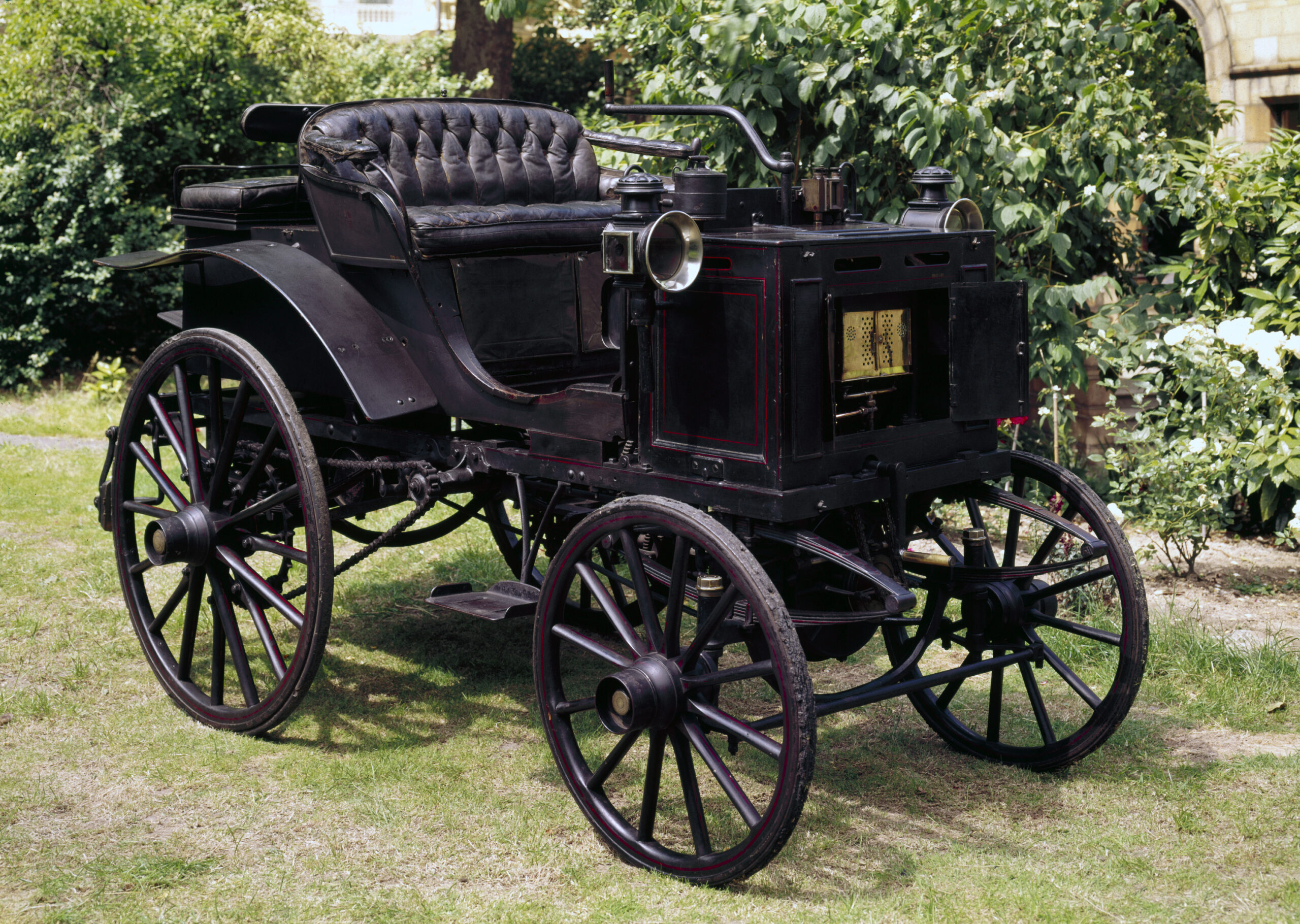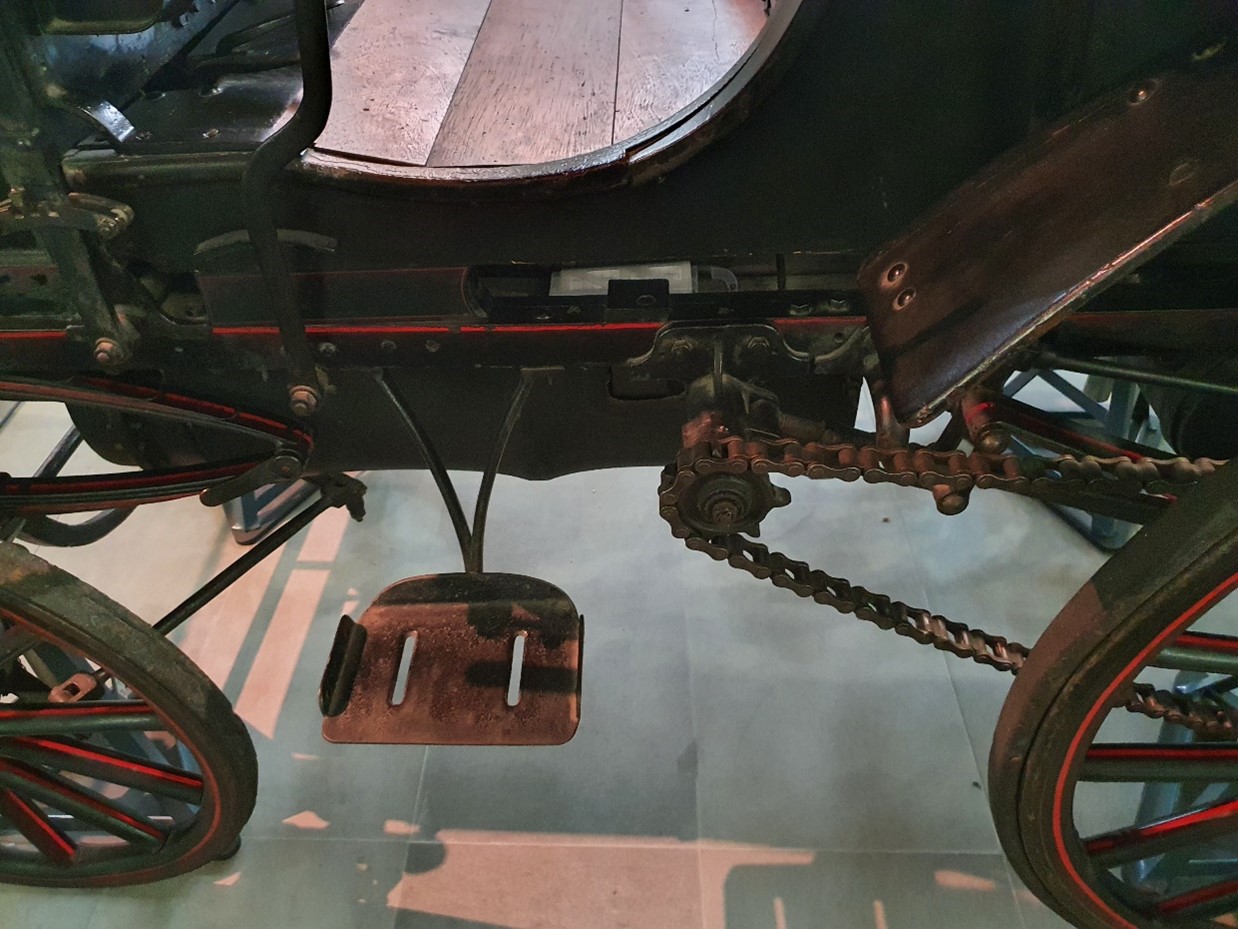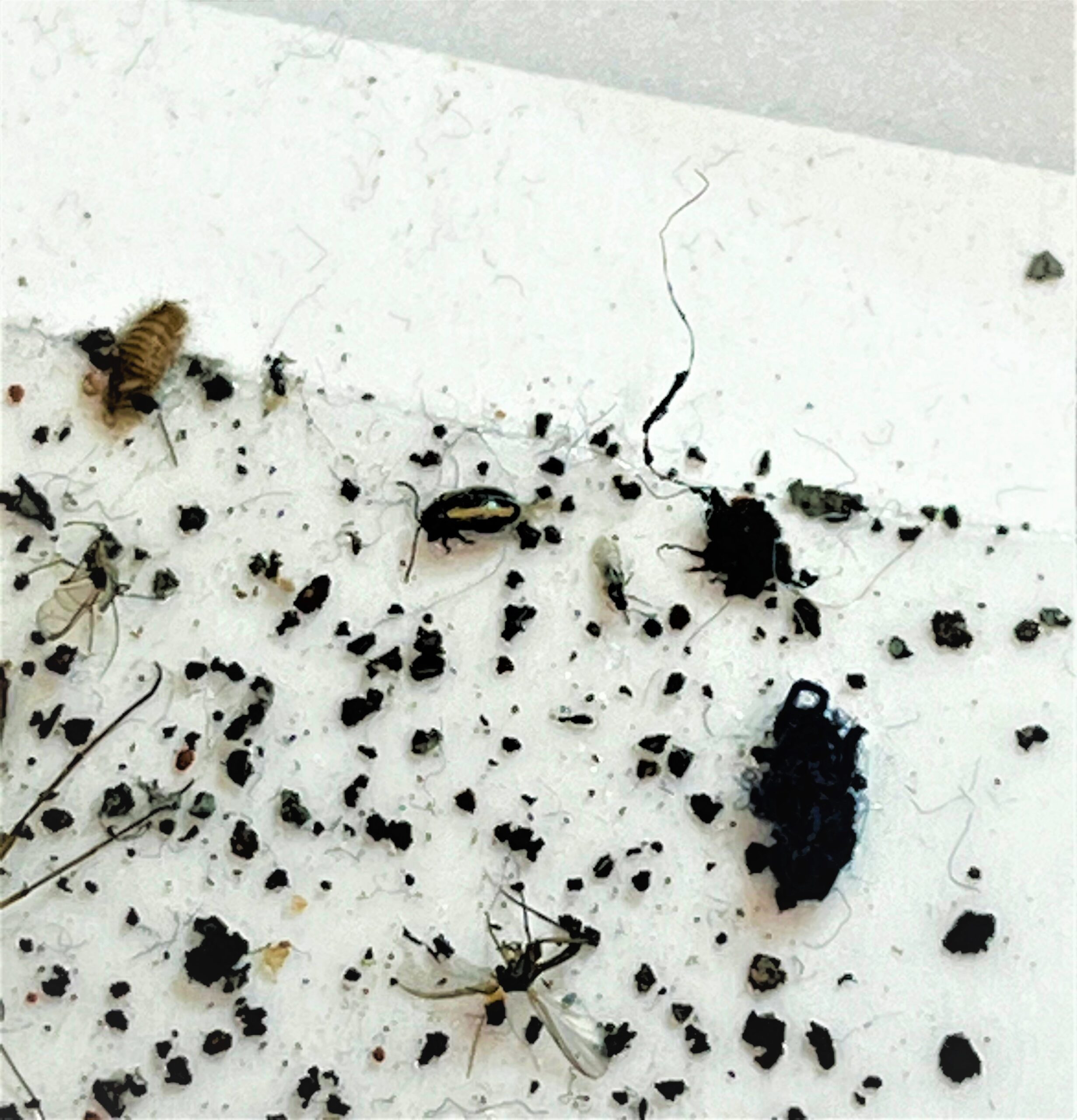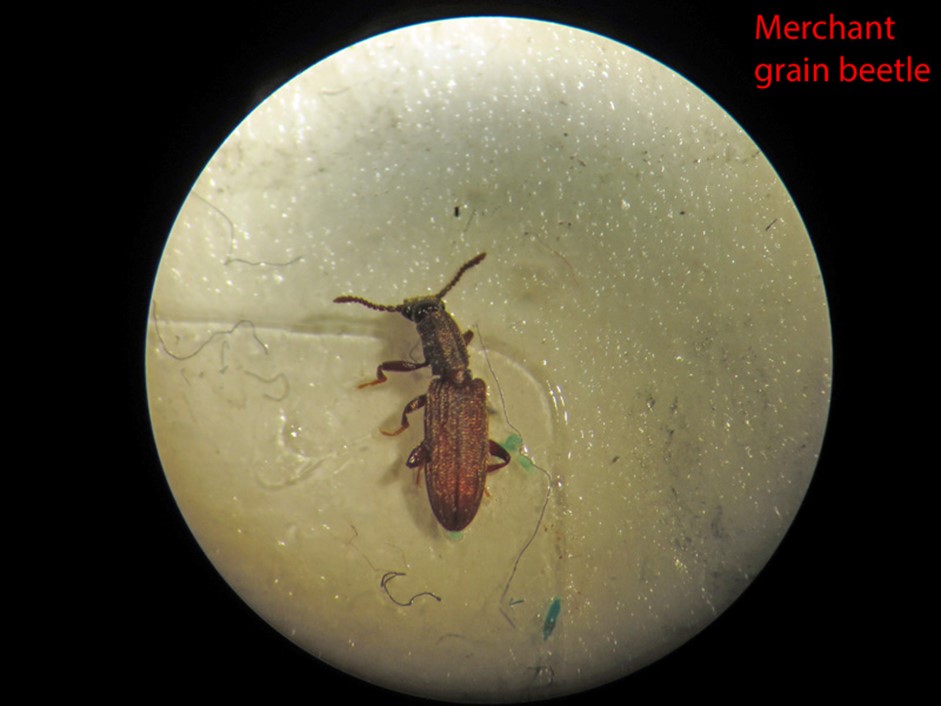As conservators, we are often preoccupied with the most dramatic misfortunes which could befall our collections; we imagine events such as natural disasters, or the danger of butterfingers from an untrained handler. In conservation, we are taught of the ten agents of deterioration for collections, chief among them are those mentioned above.
However, a factor of equal importance which can cause unmitigated damage if left unchecked comes from an unlikely source: bugs. If allowed access to their material of choice, certain pests can cause a whole lot of damage. To prevent this, we undertake a process called integrated pest management.
In such a large public space as a museum, where people come and go, and doors are left open for a large portion of the day, completely eradicating pests would be an impossible task.
What we try to do instead is prevent large numbers of certain pests living in the places we do not want them to be. In essence, we catch some pests, monitor their numbers and put in place cleaning or environmental processes to prevent them from living there.
Not every object in the collection is at risk from pest damage: certain materials such as stone and metal are quite resistant to it. Therefore, we must think very carefully about which areas or objects we want to monitor in particular, or which are the most susceptible.

The car above by French makers Panhard & Levassor was the first imported to England. This model is on display in Making the Modern World in the Science Museum.
The conservation team has placed a pheromone pest trap here to check for moths. At first glance, it is not immediately clear why you’d chose to monitor moth presence in a car. A closer look at the car will reveal the material-covered seats.
We would be concerned if there was an increase in moth numbers near this object, as they particularly like to snack on clothing and fabrics.

There are two types of traps: blunder traps and pheromone traps. Blunder traps are essentially just a sticky pad to trap any little critters that walk or crawl by. Pheromone traps are similar; however, the sticky pad also contains the pheromones of female clothes moths to attract males.
Traps of both types are spread throughout the museum building: in galleries and showcases; but also in back of house areas such as the labs and object storage areas. These traps are then collected and replaced at regular intervals throughout the year to identify and count pests.
For pheromone traps, identification is straightforward because the trap only attracts one species. So, all you need to do is count how many are on the trap and bin the evidence. If the number is high, we will start to look for causes and introduce deeper cleaning practices to the area.

For blunder traps, we’ll collect the traps and get a more up-close look at what they contain. They will be put under a microscope, and we’ll identify which pests are lurking in the museum. These can broadly be defined as collection pests and non-collection pests.
We’ll largely ignore the presence of insects such as spiders or ants as they do not pose a risk to the collection. For collection pests, it is a case of how many were found, where, and what they eat. Sometimes these pests can be an indicator of environmental problems you may have.
For example, if you have lots of silverfish, this could indicate a moisture problem, as these insects are attracted to damp environments. The next step would be to assess where the trap was located to see if this could pose a risk to collection objects.

Pest traps are checked every three months. While pest control might not be the most glamorous part of museum work, they are an extremely important part of ensuring the long-term preservation of our collection for future generations.